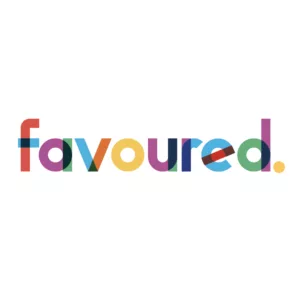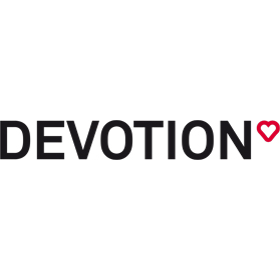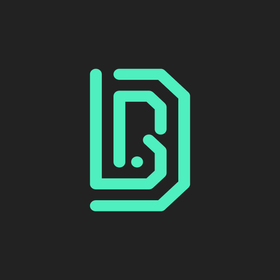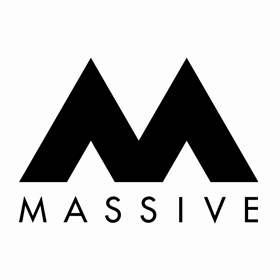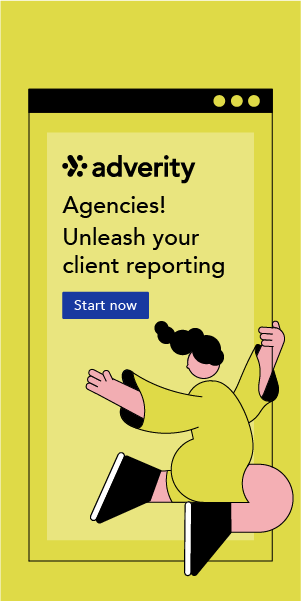
Digital Marketing Agency Onboarding Process Explained (With a Downloadable Checklist)
Streamlining your digital marketing agency’s onboarding process is one of the most important yet overlooked steps. Luckily, with this guide, you’ll be well-equipped to provide your clients with detailed information regarding your marketing endeavors. How your agency handles the onboarding …

How to Choose the Right Digital Marketing Agency for Your Business
Forget the “build it and they will come” mentality. In today’s online world, where pretty much everything happens on the internet, a strong digital marketing strategy isn’t optional, it’s a must-have. But with a ton of digital marketing agencies out …

Lesson Learned: Breaking Down the Biggest Cyberattacks in Sports History
According to government reporting, 7 out of every 10 sports organizations experienced a cybersecurity breach in the last 12 months. The worst part is that athletes are so influential that cybercriminals can use them as part of an orchestrated attack …

Why Use a Learning Management System for Remote Workforce Training
They say learning opportunities never really stop while you’re alive. And nothing holds truer in adulthood—especially in the workplace. Whether you’re working 9 to 5 or running a business, training is integral to growth. But why use a learning management …

How to Get Clients for Your Digital Marketing Agency in 2024
The digital marketing industry is brimming with agencies that excel at delivering results for their clients, yet many face challenges when trying to grow their own businesses. For newcomers, the task of getting digital marketing clients can feel like navigating …

Top 10 Digital Marketing Job Boards You Need to Know in 2024
If you’re on the hunt for a career in digital marketing, job boards can be your gateway to success. As the digital marketing market is booming, valued at approximately USD 477.8 billion in 2022 and expected to grow at a …
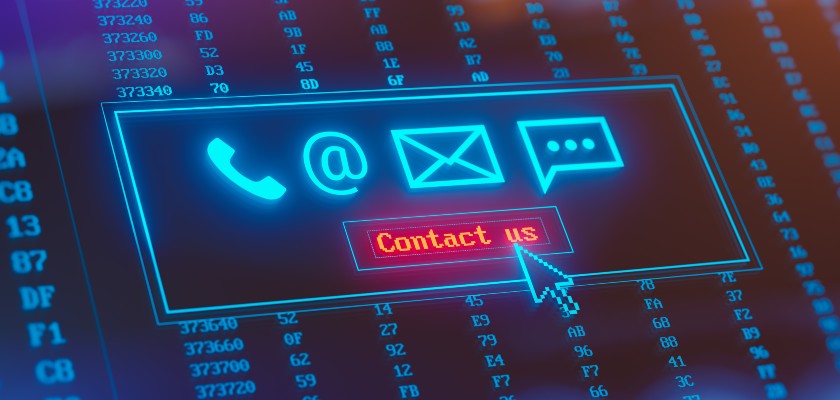
High-Converting Contact Us Pages for Digital Agencies: Boost Leads & Sales
Ever feel like your marketing agency website is a one-way street? You’re putting out great content, but potential clients just aren’t reaching out. The culprit might be a surprising one: your Contact Us page. Often overlooked, a well-designed Contact Us …

What is Neuromarketing and How Does it Work?
Have you ever found yourself giving into a spontaneous desire to make a purchase because an advertisement impressed you, the packaging appealed to you, or something just nudged you? Most likely, yes. Harvard studies suggest that 95% of purchasing decisions …

The Essential Guide to Consent Management Platforms (CMPs): Best Options Compared
Companies use a consent management platform (CMP) to legally capture a website or application user’s consent before tracking, collecting, sharing, selling, and processing the user’s data. However, with the rise of data privacy regulations like GDPR and CCPA, navigating the …

Working for a Digital Agency: Is Agency Career for You?
Ever imagine yourself in a whirlwind of creativity, strategy, and caffeine? If the dynamic world of digital marketing gets your heart racing, you may think that working as a marketer in an agency might be your dream job (and it’s …

Digital Marketing Agency Interview Guide: Common Questions & Strategies
Preparing for a digital agency interview involves understanding the scope of questions you might face, ranging from general questions about your background to detailed discussions on digital marketing strategies. With global digital advertising spending expected to reach $752.8 billion in …

Importance of Marketing for Media Software Companies
Marketing is critical for media software companies for several reasons First, marketing helps drive brand awareness and recognition. In a crowded software marketplace, companies need to differentiate themselves and make potential customers aware of their unique value proposition. Effective marketing …




